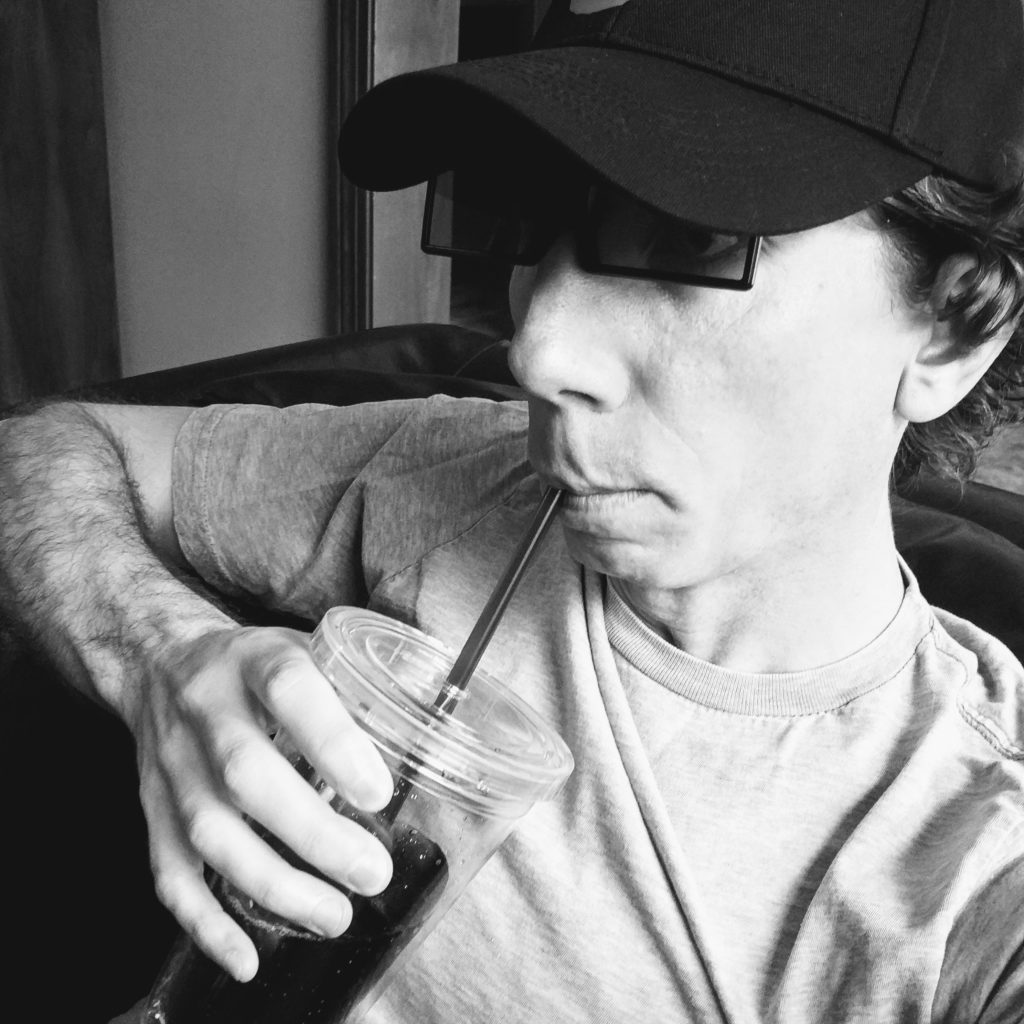
3100: Run and Become is a 2018 Sanjay Rawal documentary based on the 3100 mile Self-Transcendence race billed as the longest in the world. Loosely following a couple of the runners, the film attempts to explain the motivations behind running such impossible distances.
Yes, you read that correctly, 3100 miles to the finish. What is disturbingly difficult about this race is the course itself. Perhaps the great Sahara Desert? A race across Antarctica to the South Pole? Treacherous terrains to be sure, but no. This race is a half mile block in Queens, New York. The race held every summer for the last 23 years is the torture device of Indian spiritual leader Sri Chinmoy in an attempt to bring attention to his belief in self-transcendence. In running, self-transcendence is the belief that: the mind is a person’s limiting factor, not the body. Run to quiet the mind and your body can go beyond what you previously thought possible.
Following a couple of the runners, the film balances the monotony of this race around the block with three stories of other extreme distance treks including the San Bushmen of the Kalahari Desert, the Wings of America of the Navajo Nation Reservation, and the Monks of Mt. Hiei, Japan. These three stories are filled with interesting characters, but give only a brief glimpse of their own path to distance challenges.
For example, the Bushmen run to hunt, even breaking the law in some cases in order to do so. It is clear they run to prove themselves against nature and man alike. The Navajo run to remember their heritage. Many of their parents and grandparents were forced to run for their lives as children from their homes. Many perished in the attempt to flee across the desert floor. The Monks spend a thousand days in a row walking sixty miles a day around the mountain, stopping at designated points for prayer and meditation. What connects these people is left up to the viewer to decide. The story draws no conclusion on the question of what drives people to such extremes, except to say each has their own reasons.
Visually the film shows stunning views of the African plains, Japanese mountains, and the canyons of Arizona. The sheer vastness of these locales in comparison to the diminutive forms of the runners is staggering and the film uses this to show how seemingly insurmountable the challenges are. The film brings it back to the personal level with the physical struggles of the 3100 racers. Close up views of the damage done to the runners’ feet are enough to make seasoned runners squirm. By showing the bodily harm the runners endure and the resounding natural forces they face in the savannah, deserts, and jungles the film underscores the resilience of the human mind to persist and overcome.
The inspiring stories of people pushing themselves beyond what normal limits are assumed to be are exactly why races of this magnitude are so important. Sri Chinmoy would be proud to see people rising to the challenge again and again to bring themselves closer to the apex of human potential. Watching this film might not inspire one person to run the 3100 mile race, but it just might get a few to run 3.1 miles. After that run, who knows what they can become?